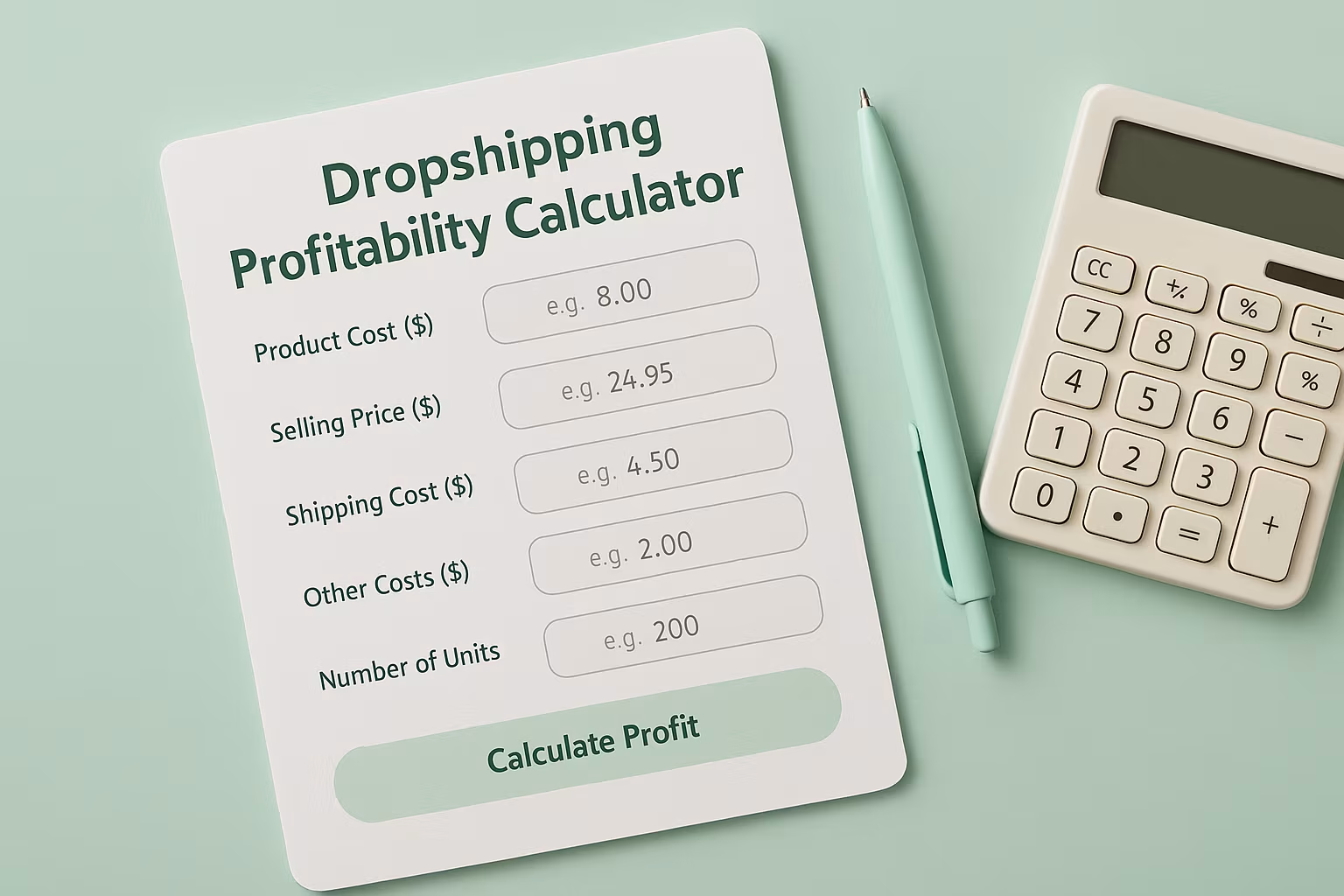
The global coffee subscription market is projected to reach $1.5 billion by 2030, driven by demand for convenience and consistency.
Subscriptions help brands lower acquisition costs, reduce churn, and build lasting loyalty. A well-crafted model turns one-time buyers into repeat customers.
Knowing how to launch a coffee subscription to grow sale gives brands a clear path to stable, scalable revenue. It’s a powerful step toward predictable growth and stronger customer relationships.
Steps to Launch Your Coffee Subscription Service for Sales Growth
Building a successful coffee subscription requires careful planning across multiple business functions. Here's a comprehensive roadmap to get your subscription program off the ground:
1. Define Your Subscription Strategy
Before diving into implementation, clarify what type of subscription makes sense for your brand:
- Single product subscription: Customers receive the same coffee each time
- Rotating selection: Different coffees are selected each delivery based on customer preferences
- Tiered offerings: Multiple subscription levels at different price points
- Build-your-box: Customers select which coffees to include in each shipment
Your strategy should align with both your operational capabilities and your target customer's needs.
For instance, if you're a specialty roaster with limited production capacity, a curated subscription focusing on quality over quantity might be more appropriate than a high-volume replenishment model.
2. Determine Your Pricing Model
Subscription pricing requires balancing value perception, profit margins, and competitive positioning:
- Discount model: Offer 10-15% savings compared to one-time purchases to incentivize subscriptions
- Flat-rate pricing: Simple monthly fee regardless of selection
- Tiered pricing: Different price points based on frequency, quantity, or coffee quality
- Free shipping: Include shipping costs in subscription pricing for perceived value
Pro tip: Many successful coffee subscriptions have found the sweet spot is offering a 10-15% discount compared to one-time purchases, plus free shipping. This provides enough incentive to subscribe without sacrificing too much margin.
3. Choose the Right Technology Platform
Your subscription's technical foundation will determine how smoothly it operates:
E-commerce Platform Options
- Shopify + Subscription App: Shopify paired with apps like Recharge, Bold Subscriptions, or Subscriptions by Shopify provides a flexible solution for most coffee brands.
- WooCommerce + Subscription Extension: For WordPress-based stores, WooCommerce offers powerful subscription management.
- Subscription-Specific Platforms: Services like Cratejoy focus exclusively on subscription businesses.
- Custom Solution: Larger brands may benefit from custom-built subscription management systems.
When selecting your platform, consider factors like ease of use, customer account management, payment processing fees, and integration with your existing systems.
The ability to easily manage subscription changes and pauses is particularly important for reducing customer service overhead.
4. Develop Your Fulfillment Strategy
Reliable fulfillment is crucial for subscription success:
- Schedule predictable roasting days aligned with subscription cycles
- Establish packaging standards that ensure coffee arrives fresh
- Create efficient workflows for recurring orders
- Consider partnering with fulfillment specialists to scale operations
Many coffee brands find themselves hitting operational bottlenecks as subscriptions grow. Private label coffee services can help manage production and fulfillment demands while maintaining quality control, especially during growth phases.
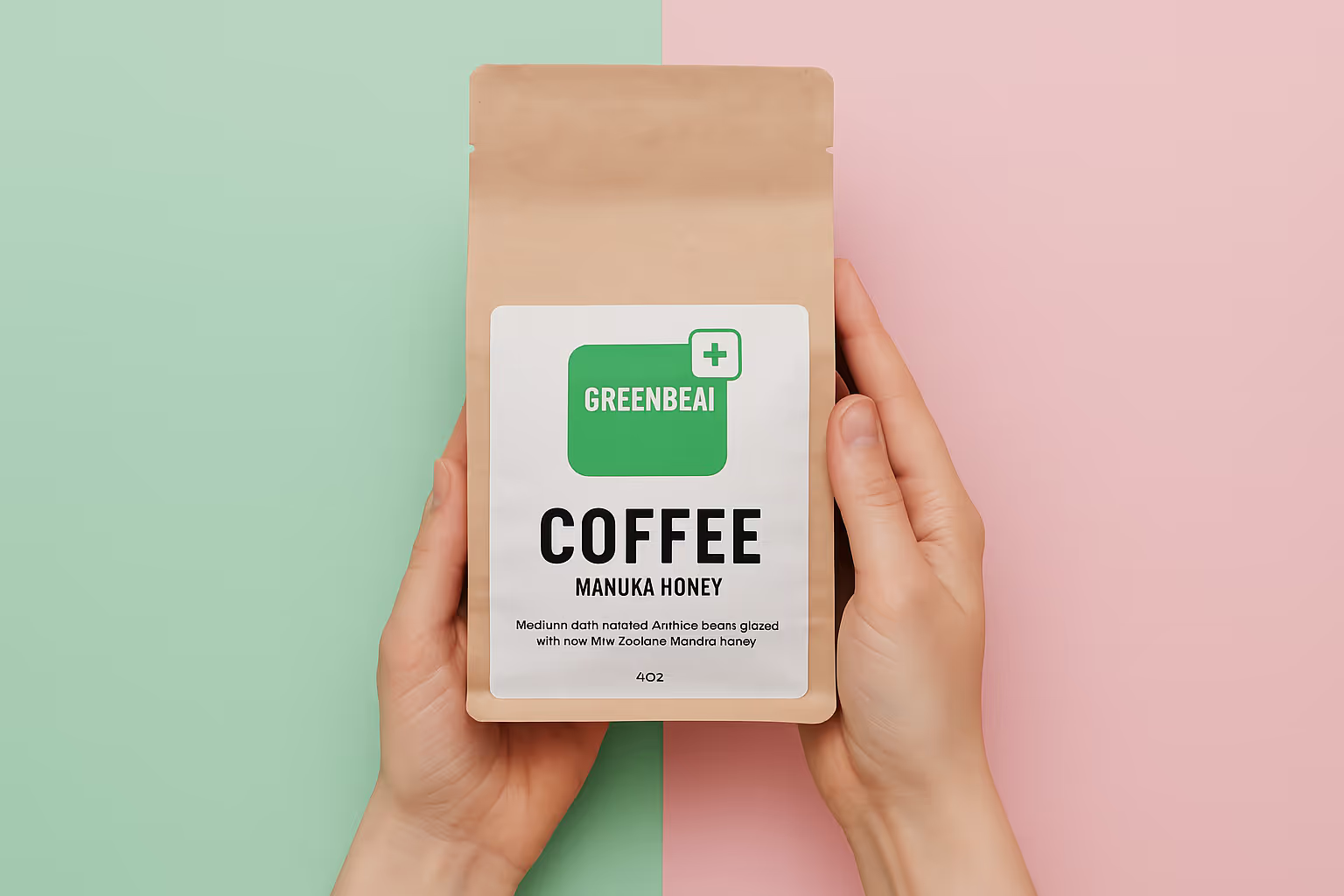
5. Create Compelling Subscription Offerings
Your subscription offering needs to provide clear value beyond convenience:
- Multiple frequency options (weekly, bi-weekly, monthly)
- Size variations to accommodate different household needs
- Customization options (grind settings, roast preferences)
- Subscription-exclusive perks (early access, special blends, branded accessories)
Consider testing different subscription bundles with a small customer segment before launching widely. This allows you to gauge which options resonate most strongly with your target audience.
6. Design a Seamless Customer Experience
The subscription experience extends far beyond the checkout page:
- Simple subscription management for customers to pause, skip, or modify orders
- Preference quizzes to help customers find their perfect coffee match
- Pre-shipment notifications with options to adjust upcoming deliveries
- Post-purchase education about the coffee they'll receive
The easier you make it for customers to manage their subscription, the longer they'll remain subscribers. Counter-intuitively, making it simple to pause or modify a subscription often increases retention compared to making cancellation difficult.
7. Implement a Marketing Strategy for Subscriber Acquisition
Attracting subscribers requires different messaging than one-time purchases:
- Highlight convenience and savings in your value proposition
- Create landing pages specifically for subscription offerings
- Develop email sequences that educate potential subscribers about the benefits
- Consider intro offers like first-month discounts or free shipping
- Leverage social proof with subscriber testimonials and reviews
The cost of starting an online coffee brand can be substantial, making efficient customer acquisition crucial. Subscription models help amortize acquisition costs across a longer customer lifetime value.
8. Build a Retention Strategy
Acquiring subscribers is just the beginning—keeping them is where profitability lies:
- Create unboxing experiences worth sharing on social media
- Surprise and delight with occasional free samples or accessories
- Implement loyalty programs that reward subscription longevity
- Develop re-engagement campaigns for paused subscriptions
- Gather and act on feedback to continuously improve offerings
Successful coffee subscriptions often see retention rates of 60 %+ after six months, compared to industry averages of 30-40%. The difference comes down to thoughtful retention strategies.
Not all coffee subscriptions are created equal. The best ones match how your customer drinks coffee, whether they’re creatures of habit or flavor-chasing fanatics. Use this quick breakdown to choose the right model for your brand
Breaking Down the Coffee Subscription Model
Coffee subscriptions work brilliantly because they solve problems for both businesses and customers. For businesses, they provide recurring revenue, improved inventory planning, and stronger customer relationships.
For customers, subscriptions deliver convenience, discovery, and often savings compared to one-time purchases.
The most successful coffee subscription models typically fall into several categories:
Curated Selections
These subscriptions send customers new coffee varieties each month based on their preferences.
Companies like Trade Coffee and Atlas Coffee Club have built their entire business model around curation, allowing customers to discover new roasts without decision fatigue.
Replenishment Services
These focus on consistency, delivering the same coffee at regular intervals. This model works particularly well for everyday coffee drinkers who know exactly what they want and simply need it delivered reliably.
Exclusive Access
Some brands offer subscriber-only coffees, early access to limited releases, or special pricing, creating a "club" feeling that drives loyalty and word-of-mouth marketing.
Flexible Frequency Options
The most customer-friendly subscriptions allow buyers to adjust delivery frequency (weekly, bi-weekly, monthly) to match their consumption habits, reducing waste and increasing satisfaction.
Common Coffee Subscription Challenges and Solutions
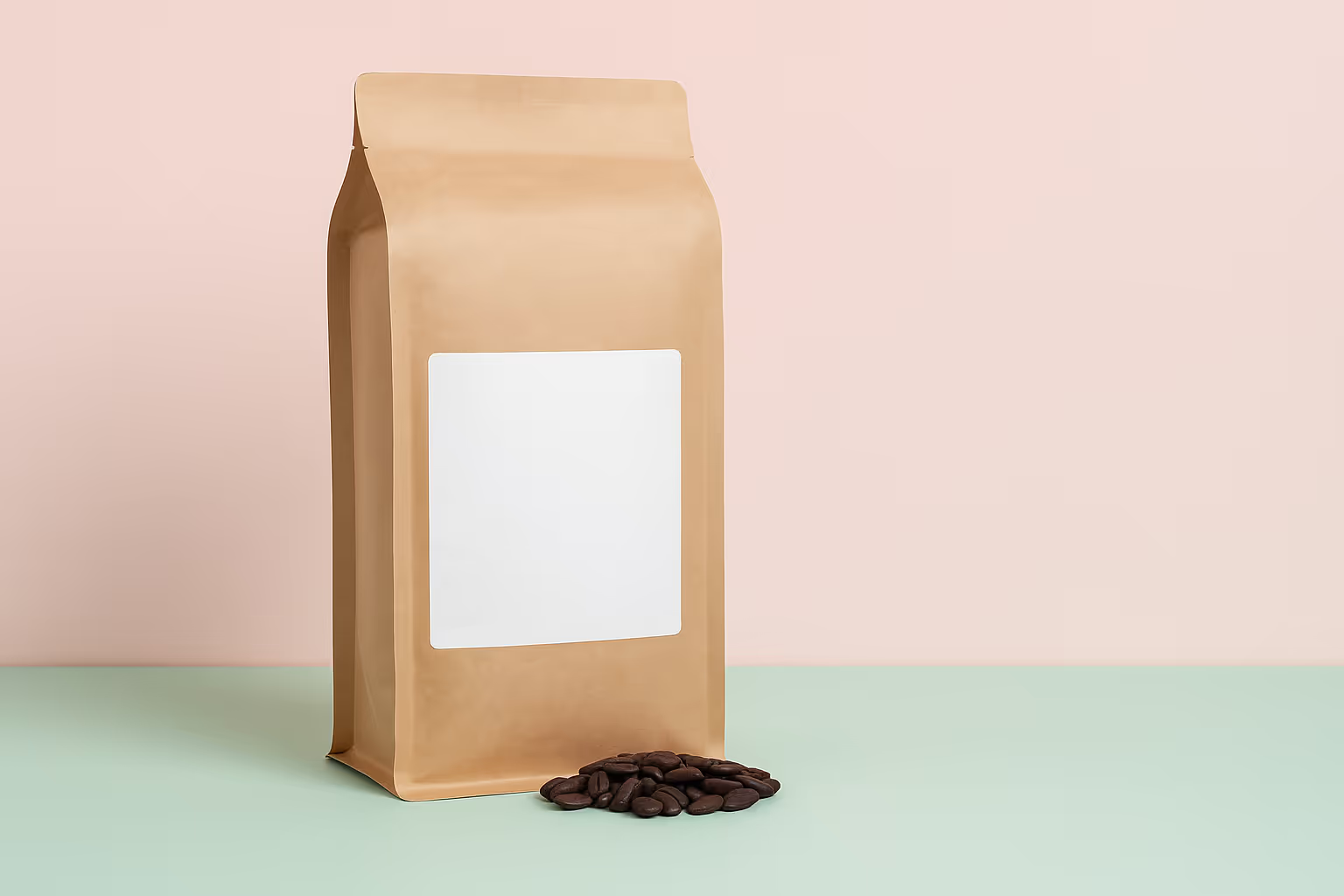
Even well-designed subscription programs face hurdles:
Challenge: Subscriber Churn
Solutions:
- Implement satisfaction surveys after the 2nd and 6th deliveries
- Create "save the subscription" offers for cancellation attempts
- Analyze churn patterns to identify and address common exit points
Challenge: Shipping and Freshness Issues
Solutions:
- Partner with reliable shipping services with tracking
- Use valve-sealed bags that preserve freshness
- Include "roasted on" dates to highlight freshness
- Consider fulfillment solutions specialized in perishable products
Challenge: Scaling Production for Growth
Solutions:
- Forecast inventory needs based on subscription growth trends
- Develop batch production capabilities that can scale with demand
- Consider outsourcing production during peak periods
Challenge: Standing Out in a Crowded Market
Solutions:
- Develop a unique value proposition beyond convenience
- Create content that educates subscribers about your coffee sources
- Promote your coffee on social media with subscription-specific messaging
- Partner with complementary brands for cross-promotion
Measuring Subscription Success
Track these key metrics to evaluate and improve your subscription program:
- Monthly Recurring Revenue (MRR): Total predictable monthly revenue from subscriptions
- Customer Lifetime Value (LTV): Average revenue generated per subscriber throughout their relationship
- Churn Rate: Percentage of subscribers who cancel in a given period
- Average Order Value (AOV): Typical subscription value
- Customer Acquisition Cost (CAC): Cost to acquire each new subscriber
- LTV: CAC Ratio: Relationship between lifetime value and acquisition cost (aim for 3:1 minimum)
Technology and Integration Considerations
For a smoothly operating subscription service, ensure these technical elements are addressed:
- Payment processing that handles recurring billing securely
- Inventory management that accounts for both subscription and one-time orders
- Customer account portals for self-service subscription management
- Email automation for order confirmations, shipping notifications, and retention campaigns
- Analytics dashboards to monitor subscription health metrics
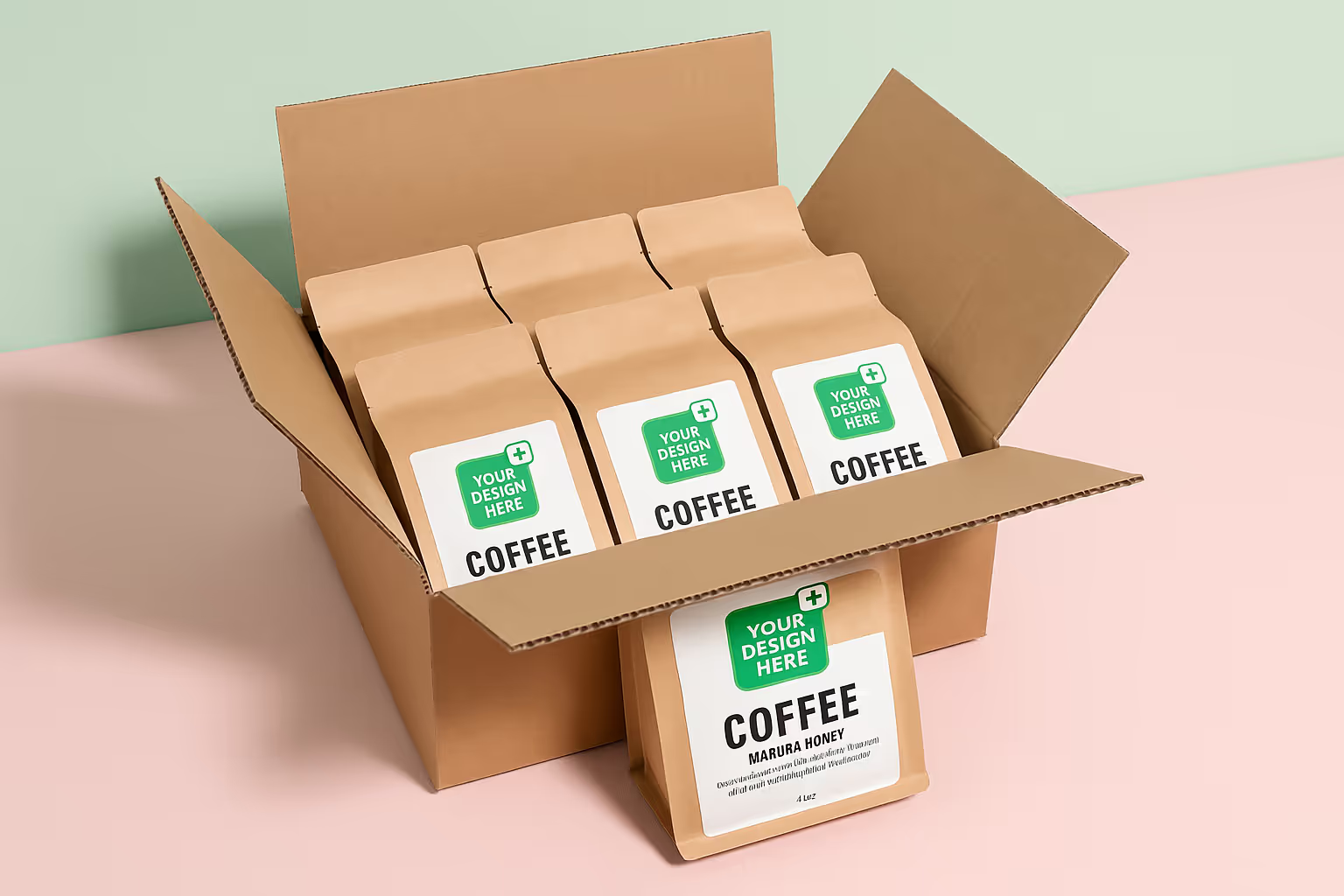
Scaling Your Coffee Subscription Business
Once your subscription model proves successful, consider these strategies for growth:
- Expand product offerings with complementary items like brewing accessories
- Introduce tiered subscription levels for different customer segments
- Develop corporate gift subscriptions for B2B revenue streams
- Create affiliate or referral programs to incentivize word-of-mouth growth
- Consider wholesale channel expansion to supplement direct-to-consumer subscriptions
Insider’s Tip for Subscription Success
Top-performing coffee brands go beyond standard tactics by tracking consumption patterns to auto-adjust future shipments.
Whether through skipped deliveries or customer quiz data, smart brands anticipate needs and recommend new frequencies, boosting satisfaction and reducing churn.
Another insider’s move? Using churn-risk “heat maps” powered by behavioral signals like skipped orders or low email engagement.
This lets you trigger targeted retention offers—like surprise gifts or loyalty perks—before the customer ever thinks of canceling.
Brew Success With Your Coffee Subscription Service
Launching a coffee subscription isn’t just about recurring revenue—it’s about building stronger customer relationships through consistent value.
Subscriptions shift your business from transactional to service-oriented, deepening loyalty over time.
By crafting a thoughtful offering, optimizing operations, and learning from customers
FAQ
Related blogs
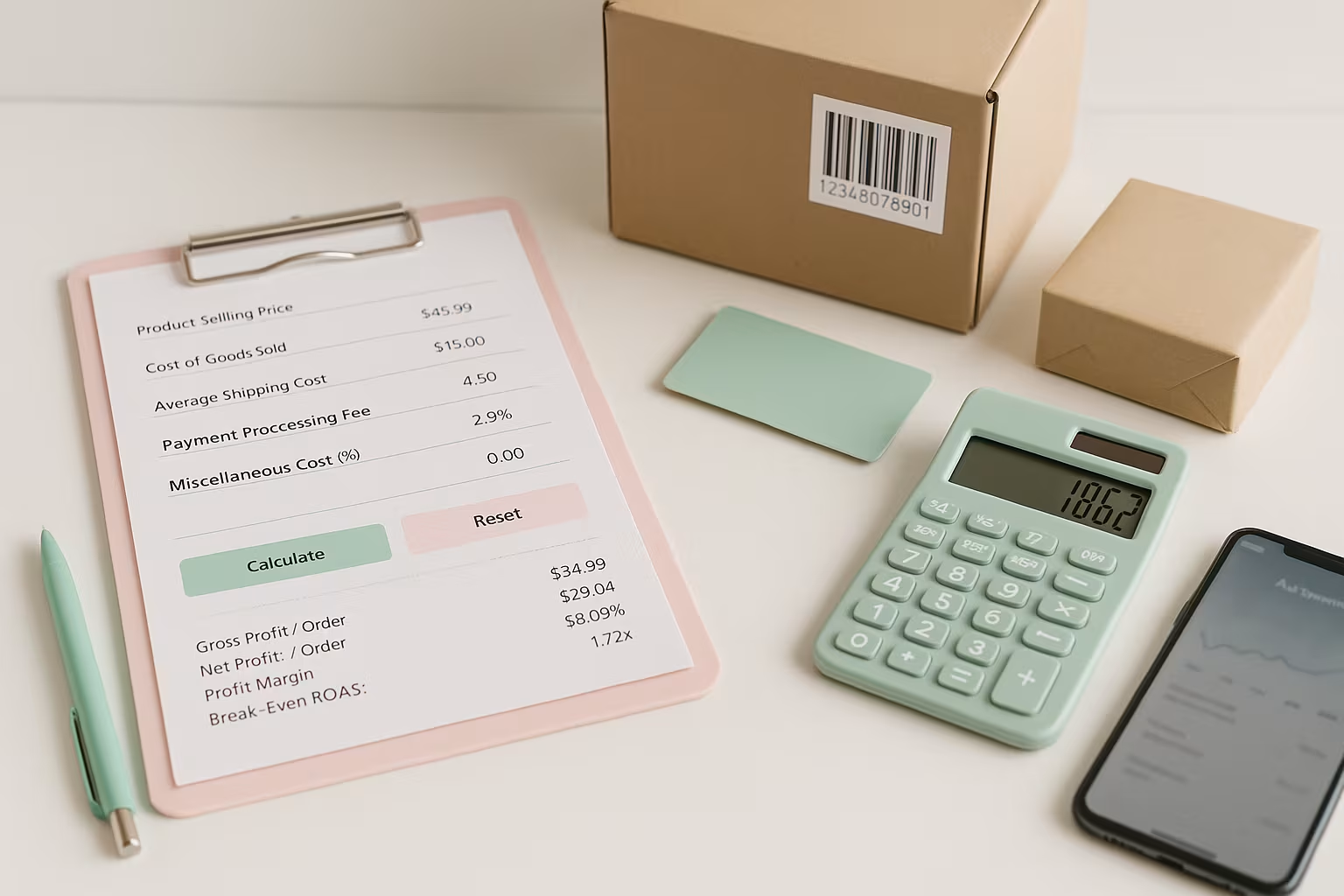
Break-Even ROAS Calculator: Find Out What You Can Afford to Spend on Ads
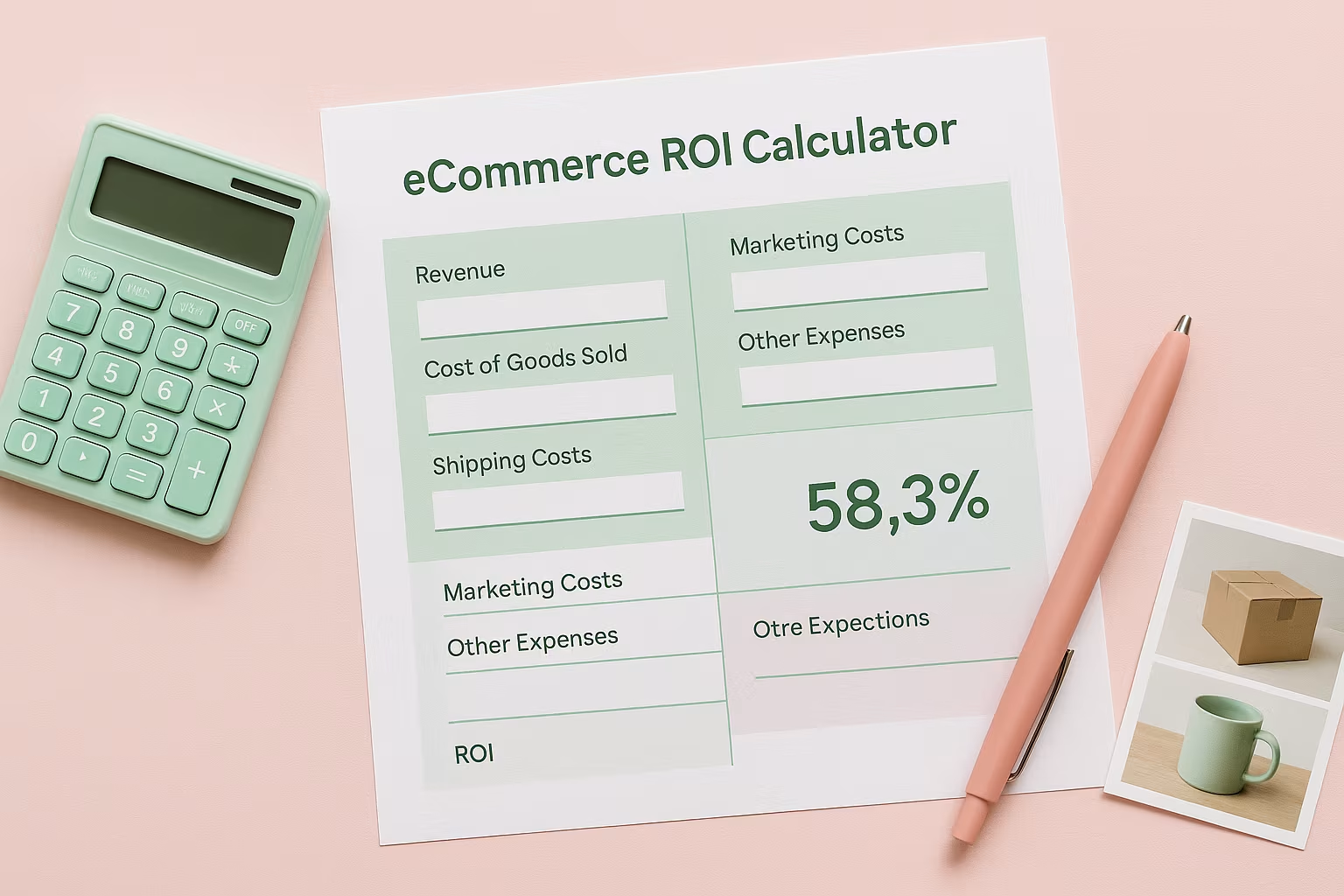
Ecommerce ROI Calculator: Scale Your Store
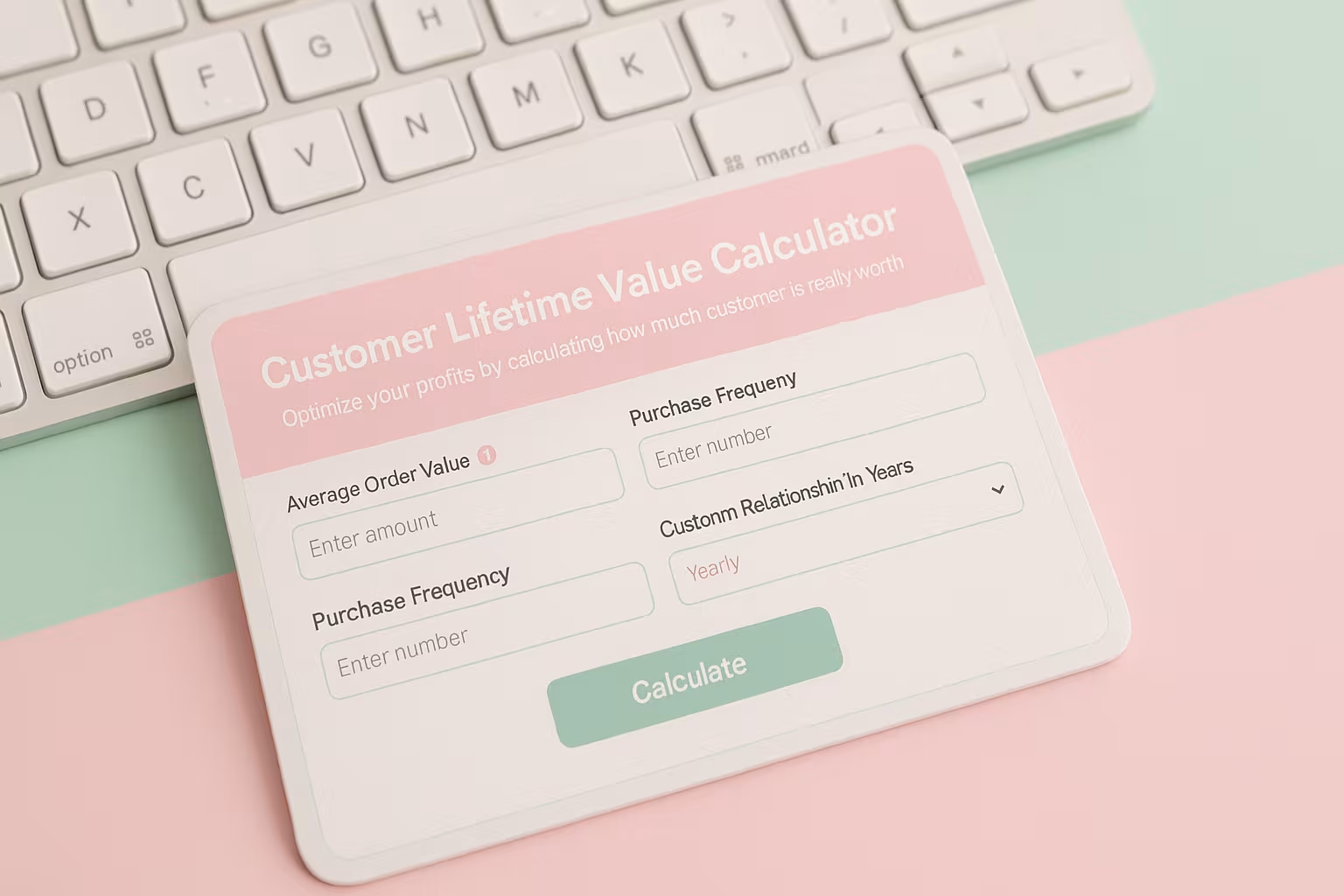
Customer Lifetime Value Calculator: Unlock Your E-commerce Revenue Potential
